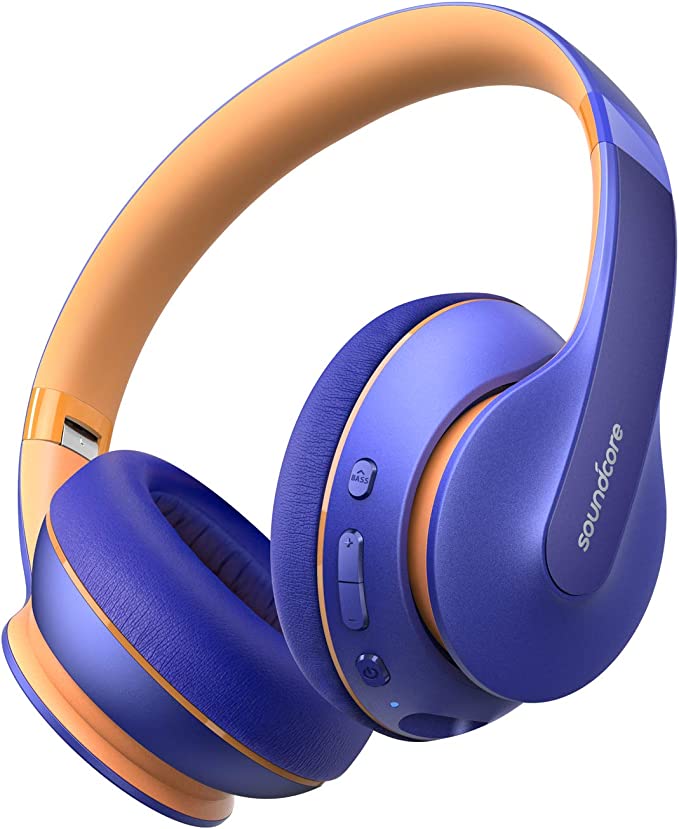Mood Lighting: How to Use Color Psychology in Your Smart Home
Update on Oct. 23, 2025, 7:48 a.m.
If you own a color-changing smart bulb (like a Philips Hue White and Color Ambiance), you probably did what everyone does: you turned it purple, then blue, then green. You said “cool,” and then you set it back to plain white, where it has stayed for the last six months.
You’re using a sophisticated tool like a hammer. Those colors aren’t just a gimmick; they are a powerful way to “paint” your room’s environment, actively influencing your mood, energy, and even your productivity.
This isn’t pseudoscience. It’s environmental psychology. Just as music can set the tone for a film, ambient light sets the tone for your life. By moving beyond plain white, you can use your lights to help you focus, relax, and socialize.

The Most Important “Colors”: Warm White vs. Cool White
Before we even talk about “RGB” colors, the most powerful tool you have is color temperature. This is the spectrum available in “White Ambiance” bulbs, measured in Kelvin (K). * Cool White / Daylight (4000K - 6500K): This is the crisp, blue-toned light of a clear midday sky. * Warm White (2200K - 3000K): This is the soft, amber-toned light of a sunset or a campfire.
As we covered in our article on sleep, these “white” lights send powerful biological signals. * Cool/Daylight light is “active” light. It suppresses melatonin and signals to your brain that it’s time to be alert and productive. * Warm White is “passive” light. It’s non-disruptive, cozy, and signals to your brain that it’s time to wind down.
Simply changing your “white” light based on the task is the first step to mastering mood lighting.
Beyond White: Hue, Saturation, and Brightness
When you do use color, the common wisdom (“blue is calm, red is passion”) is only half the story. The quality of the color matters more. A smart light app (like Hue’s) gives you three controls, and you must use all three:
1. Hue: This is the actual color (red, green, blue).
2. Saturation: This is the intensity of the color. 100% saturation is a deep, pure, electric blue. 20% saturation is a pale, “pastel” blue that’s much closer to white.
3. Brightness: This is the simple lumen output, from 1% to 100%.
A “red” light can be an alarming, 100%-brightness fire-engine red, or it can be a 10%-brightness, low-saturation, soft-pink “ember” glow. One causes anxiety; the other is deeply relaxing. The secret is in mastering saturation and brightness.
Lighting “Active” Spaces: The Home Office & Gym
“Active” spaces are where you need to perform. Your goal here is energy and focus. * The Technique: Use high Kelvin “white” light or cool, low-saturation colors. * Home Office: During your 9-to-5, set your overhead light to a crisp 4500K - 5500K “Cool White”. This mimics daylight and promotes alertness. If you’re hitting a 2:00 PM slump, avoid coffee and instead set a scene with a pale, low-saturation cyan or light blue. This boost of blue light is a known productivity hack. * Home Gym: You want high energy. This is one of the few places for high-saturation, high-brightness colors. Try a bright, electric blue or a high-energy magenta to fuel a workout.
Lighting “Passive” Spaces: The Bedroom & Den
“Passive” spaces are for unwinding and resting. Your goal here is calm and safety.
* The Technique: Use very warm whites or low-brightness, low-saturation warm colors.
* The Den / Reading Nook: Avoid blue light completely. Set your lights to a static “scene.” Think “cozy.” The most effective scenes mimic nature.
* “Forest”: A mix of low-brightness deep greens and soft ambers.
* “Sunset”: A blend of pale oranges, soft pinks, and warm reds.
* The Bedroom: As discussed in our sleep article, this room should be warm. Use a 2700K “Warm White” for general lighting, and transition to a dim, 10% brightness amber or red for reading before bed. This “candlelight” mode is perfect for signaling to your brain that the day is over.

Lighting “Social” Spaces: The Living & Dining Room
“Social” spaces are flexible. They need to transition from “active” (hosting a party) to “passive” (watching a movie). * Dinner Party: Don’t use color. Use a crisp, clean 3000K “Neutral White” at 100% brightness. It’s flattering, makes food look good, and is energetic without being harsh. * Movie Night: This is where you create a “theater” vibe. Drop the brightness to 20%. Set a very low-saturation deep blue or purple. This “void” color is just bright enough to let you see your drink, but dark enough to let the TV screen be the hero, increasing its perceived contrast.
Stop leaving your bulbs on their default white. You own a sophisticated environmental tool. Start painting with light, and you can design your own mood, one room at a time.



















